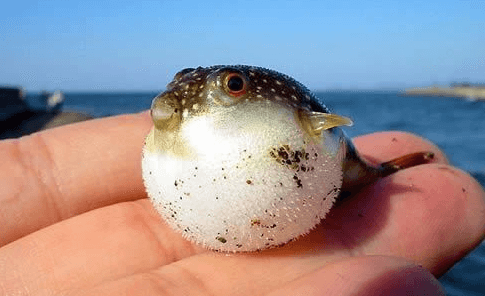Baby:0butxxbvrss= Puffer Fish

The Baby:0butxxbvrss= Puffer Fish, with its remarkable ability to inflate and vibrant coloration, presents a fascinating subject of study within marine biology. These adaptations serve not only as a means of defense but also highlight the intricate interplay between morphology and behavior in aquatic environments. However, the survival of these intriguing creatures is increasingly jeopardized by environmental threats. Understanding their natural habitat and behavioral patterns is critical, yet the broader implications of their decline raise urgent questions about conservation strategies. What measures can be taken to safeguard this unique species in the face of escalating challenges?
Unique Features of Baby:0butxxbvrss= Puffer Fish
Examining the unique features of baby puffer fish reveals a fascinating array of adaptations that enhance their survival in diverse aquatic environments.
Their morphological adaptations, including specialized body shapes that allow for inflation, serve as a defense mechanism against predators.
Additionally, their vibrant coloration patterns provide camouflage among coral and vegetation, further ensuring their safety while facilitating their exploration of varied habitats.
Natural Habitat and Distribution
Puffer fish inhabit a wide range of marine and freshwater environments, showcasing their adaptability to various ecological niches.
Their distribution varies significantly, influenced by breeding patterns that align with seasonal changes. These patterns are crucial for survival and reproduction, while environmental impact, such as pollution and habitat destruction, poses threats to their populations.
Understanding these dynamics is essential for conservation efforts.
Behavior and Diet
Although puffer fish are renowned for their unique defense mechanisms, their behavior and diet are equally intriguing aspects of their biology.
These fish exhibit complex breeding habits, often engaging in elaborate courtship displays.
Their feeding strategies include a varied diet of invertebrates and algae, utilizing their specialized beaks to efficiently forage and consume prey, showcasing their adaptability in diverse marine environments.
Read Also Penelope J.E. Davies Janson’s History of Art: the Western Tradition Pdf
Conservation Efforts and Challenges
The unique adaptations and behaviors of puffer fish, particularly their breeding and feeding strategies, highlight the importance of understanding their ecological role within marine ecosystems.
Conservation strategies must prioritize habitat protection to ensure the survival of these species.
Challenges such as pollution, overfishing, and climate change threaten their habitats, necessitating immediate action to preserve puffer fish and the biodiversity they support.
Conclusion
In conclusion, the baby puffer fish exemplifies a remarkable adaptation to its environment through unique morphological features and complex behaviors. The ongoing threats of pollution and habitat loss necessitate urgent conservation strategies to ensure the survival of this species. For instance, a hypothetical case study of a coral reef restoration project could demonstrate how rehabilitating these critical habitats not only benefits baby puffer fish populations but also supports the overall biodiversity of marine ecosystems, highlighting the interconnectedness of species and habitats.



